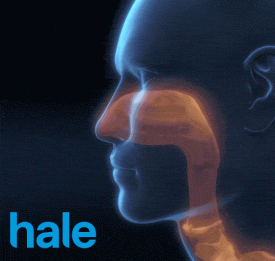Understanding the intricacies of private health insurance is crucial for individuals across various demographics. Recent trends indicate that the landscape of private health insurance is continually evolving, influenced by regulatory changes, technological advancements, and shifting demographic patterns. Studies show that demographic factors such as age, income, and employment status significantly impact the type and cost of healthcare coverage available to individuals. This guide aims to illuminate the complex interplay between private health insurance and demographic variables, offering readers insights grounded in the latest statistical data and expert analyses.
Demographic studies play a pivotal role in understanding private health insurance dynamics. For instance, "The Journal of Insurance Regulation" (2020) highlights that individuals aged between 18 to 34 are more likely to opt for high-deductible health plans (HDHPs), partly due to their lower average healthcare expenditure. Conversely, those over 55 tend to prefer more comprehensive plans, albeit at higher premiums, reflecting their increased health needs. Such insights are invaluable for consumers aiming to choose health insurance plans that best fit their demographic profile and anticipated healthcare needs.
Income levels also significantly affect health insurance choices and accessibility. According to the U.S. Census Bureau (2021), households with annual incomes above $100,000 are more likely to have private health insurance coverage compared to those in lower income brackets. This discrepancy highlights the importance of seeking out insurance options that offer adequate coverage while still being financially accessible. For lower-income families, exploring subsidies and tax credits available under the Affordable Care Act (ACA) can provide pathways to obtaining private health insurance at reduced costs.
Employment status further complicates the landscape of private health insurance. A 2022 study by the Kaiser Family Foundation found that approximately 49% of Americans receive their health insurance through their employer, leveraging group rates and employer contributions. However, freelancers and individuals with non-traditional employment face challenges in securing affordable health insurance. The emergence of private health insurance marketplaces and exchanges has been pivotal for these demographics, offering more diverse options outside of employer-based plans.
In conclusion, the relationship between private health insurance and demographic factors such as age, income, and employment status is multifaceted and complex. By understanding the specific needs and options available for their demographic segment, individuals can make more informed decisions regarding their health insurance coverage. As the private health insurance market continues to evolve, staying informed and seeking professional advice when necessary becomes ever more critical.

